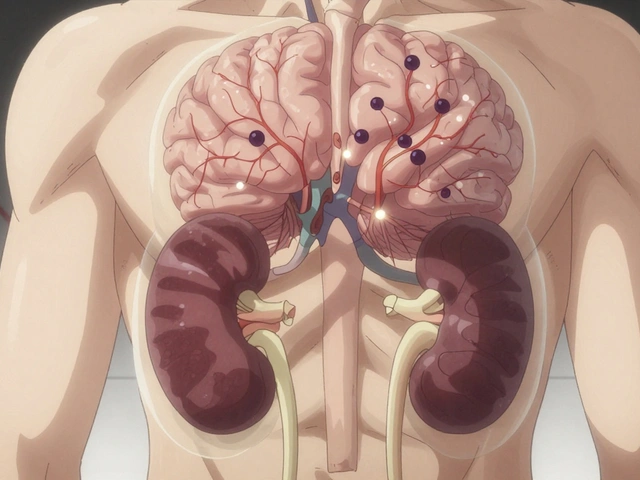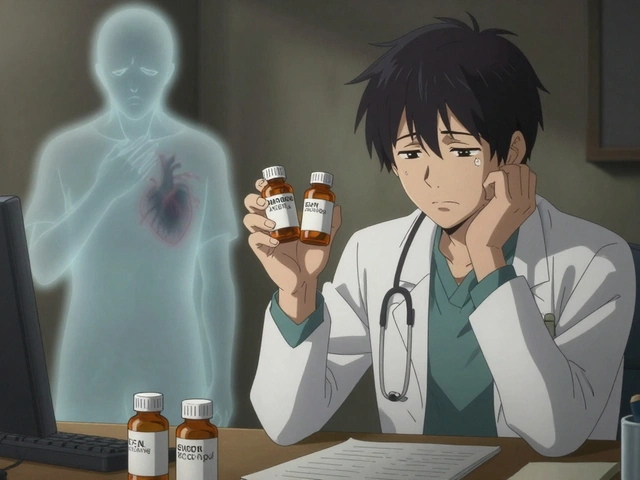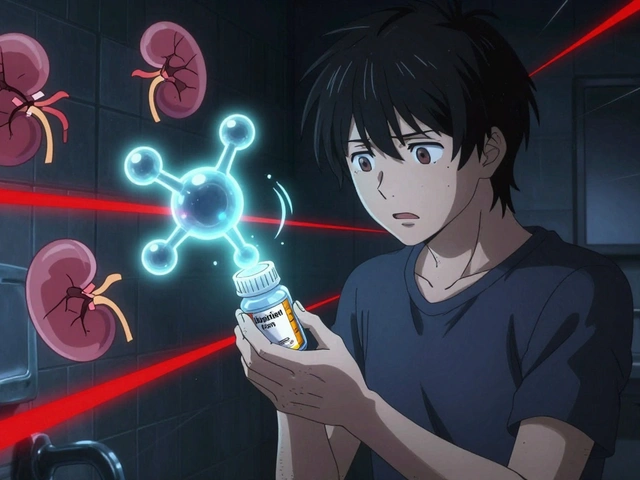Early Detection: Why Spotting Health Issues Sooner Saves Lives
When working with Early Detection, the practice of identifying a disease or condition before symptoms become severe, often through routine checks or subtle signs. Also known as early diagnosis, it gives patients a chance to start treatment earlier, lowers complications, and can cut healthcare costs. Think of it as a safety net that catches problems while they’re still manageable. Early detection isn’t a single test; it’s a mindset that combines awareness, regular screenings, and clever use of technology. When doctors apply early detection, they often rely on screening programs that hunt for hidden issues, and they track biomarkers that signal trouble at a molecular level. In short, early detection encompasses screening, requires reliable biomarkers, and ultimately improves outcomes.
How Early Detection Works in Practice
One of the most common Screening Tests, structured examinations performed on asymptomatic people to find early signs of disease. They range from blood panels that measure cholesterol or hormone levels to imaging studies like low‑dose CT for lung health. Another critical piece is Biomarkers, measurable substances in the body that indicate normal or abnormal processes, such as elevated C‑reactive protein for inflammation or specific antibodies for celiac disease. Both screening tests and biomarkers serve as the tools that make early detection possible. They also feed into broader Preventive Care, a proactive approach that includes lifestyle advice, vaccinations, and regular health check‑ups to keep disease at bay. The relationship is clear: preventive care schedules the screenings, screenings collect the data, biomarkers translate that data into actionable insight, and early detection pulls the whole chain together to intervene before damage sets in.
Across the articles on this page you’ll see how early detection plays out in real life. Whether it’s spotting erosive esophagitis in patients with celiac disease, using ovulation tests to catch fertility windows, or recognizing eye redness caused by environmental irritants, each case relies on the same core idea – catch it early, act fast. Some pieces dive into the latest antibiotic research, showing how early identification of resistance patterns guides smarter prescribing. Others compare medications like levothyroxine for weight concerns, reminding us that monitoring side effects is a form of early detection, too. The collection below gives you practical tips, up‑to‑date research, and clear comparisons so you can apply early detection principles to your own health or professional practice. Ready to see the full range of insights? Keep scrolling to explore each detailed guide.

Age Spots vs Skin Cancer: Essential Facts and Prevention Tips
Learn how to tell age spots apart from skin cancer, understand UV risks, follow a self‑exam checklist, and discover prevention tips for early detection and protection.
Continue Reading



